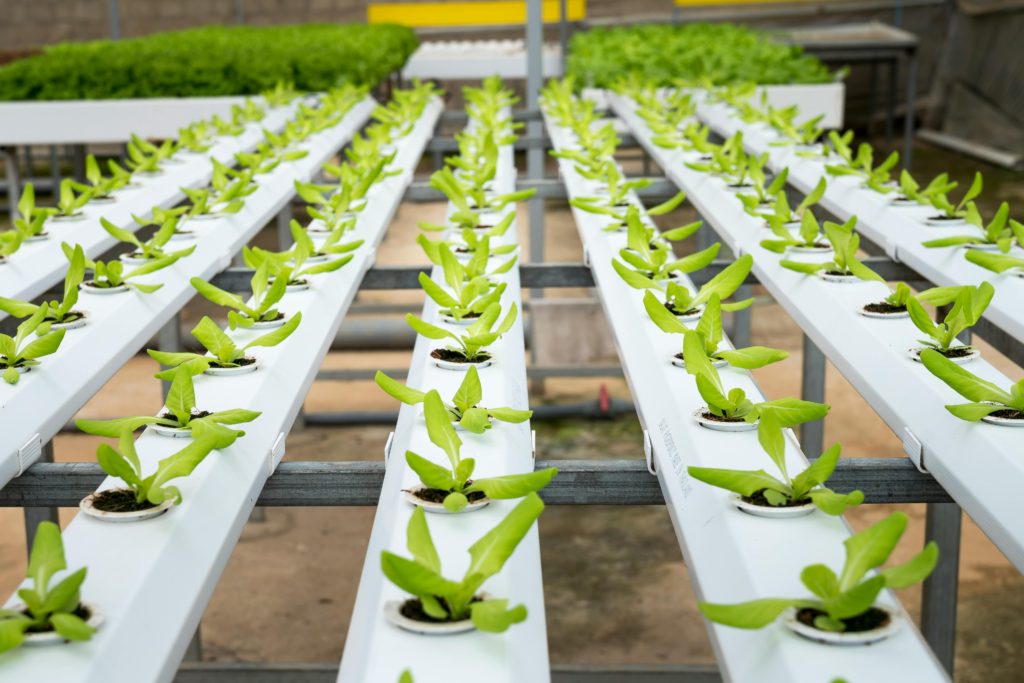Over the past few years, there has been an increase in M&A activity in the agricultural industry. This has been driven by several factors such as the need for scale, cost efficiencies, diversification, and globalization.
In this article, we will discuss the current M&A activity in the agricultural industry and its implications.
In the agricultural industry, M&A activity has been on the rise in recent years, with a significant number of deals being recorded globally. This can be attributed to several reasons, including the need for scale in production, as well as the need to diversify portfolios to meet the demands of changing consumer markets.
United States
In the United States, one of the most prominent deals that took place in the agricultural industry is the merger between DuPont and Dow Chemical Company. The merged entity, DowDuPont, became the world’s largest chemical company and also a major player in the agricultural industry. This merger was aimed at achieving economies of scale and diversification through combining resources and eliminating redundancies.
Another significant M&A deal in the agricultural industry was the merger between the German chemical company, Bayer, and the American crop-science company, Monsanto. This merger created a global leader in the agriculture industry, with products ranging from seeds, chemicals, and digital farming tools. The merger was aimed at leveraging the strengths of both companies to create a diversified global agricultural powerhouse.
Europe
In Europe, for example, there has been a rise in the consolidation of agribusinesses. This is due to the increasing pressure on companies to cut costs and improve their competitiveness. Companies in Europe have been merging or being acquired to increase their production capabilities and gain access to larger markets.
Asia
In Asia, M&A activity in the agricultural industry is also increasing, with several major deals taking place in recent years. This can be attributed to the growing consumer demand for higher quality and diverse food products. Companies are merging to gain access to new markets and products, as well as improving their production efficiency.
The agricultural industry is experiencing a significant amount of M&A activity globally, with several major deals taking place in recent years. Companies are merging to achieve economies of scale, diversification, and access to new markets. While this trend may result in fewer players in the market, it can also lead to improved competitiveness and innovation. Consolidation can also result in cost savings through the elimination of redundancies and improved efficiencies, which can ultimately benefit consumers.
Downsides to Increased M&A Activity in Agricultural Industry
However, there are potential downsides to increased M&A activity in the agricultural industry. Firstly, it may result in decreased competition, leading to higher prices and limited variety for consumers. Additionally, consolidation may result in job losses and reduced investment in research and development.
Another potential downside to M&A activity in the agricultural industry is the risk of consolidating too much power in the hands of a few large companies, with the risk of monopolistic practices. This could result in reduced access to key inputs for farmers, as well as reduced innovation and diversity in the agricultural sector.
Conclusion
M&A activity in the agricultural industry continues to increase, driven by the need for scale, cost efficiencies, and diversification. While such activity can lead to benefits such as increased competitiveness and improved efficiencies, it is important to be aware of the potential downsides, including reduced competition, job losses, and the risk of monopolistic practices. Overall, a healthy balance is needed to ensure that the benefits of M&A activity in the agricultural sector are maximized while mitigating the risks.

